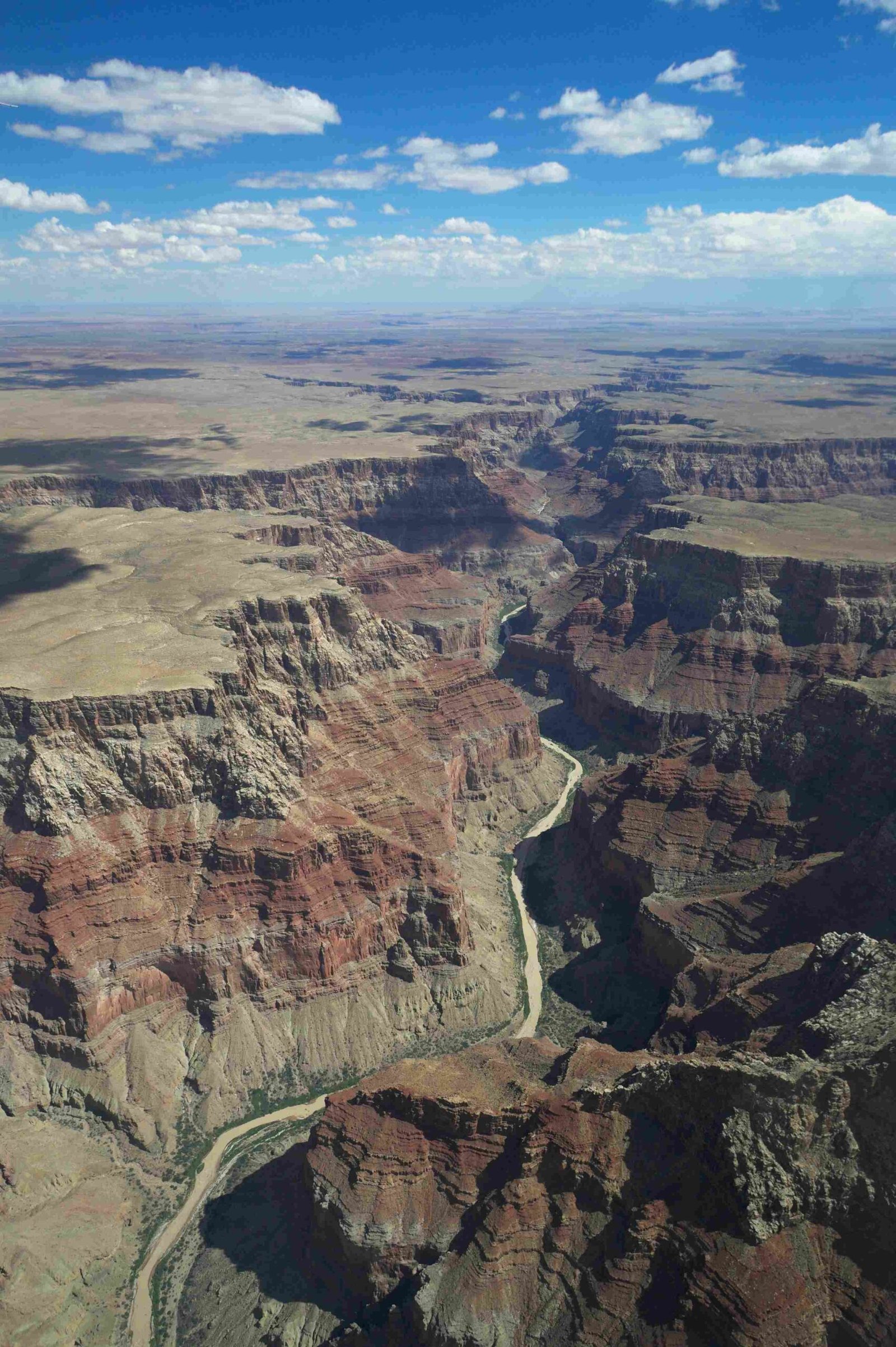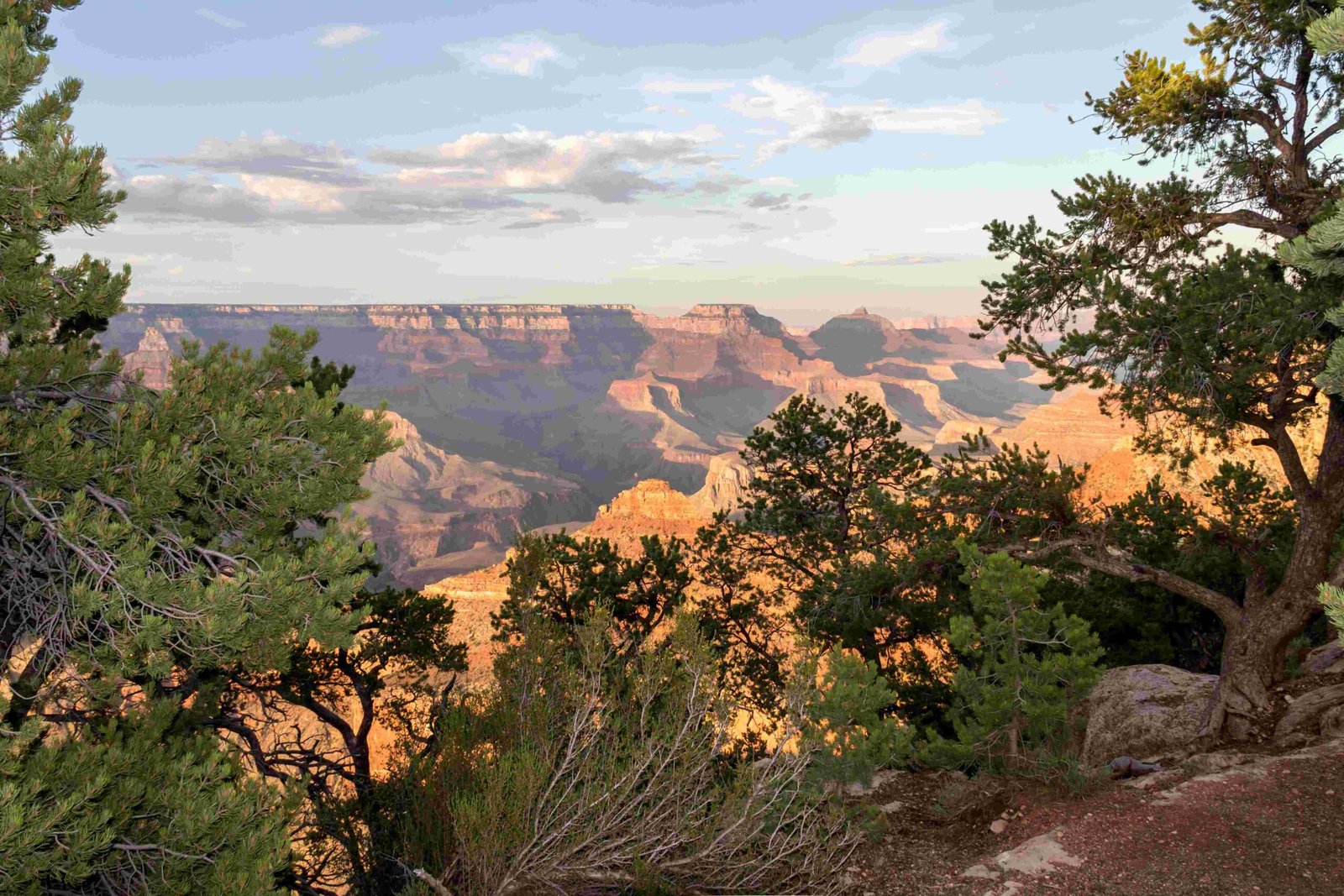In the early 20th century, the majestic Grand Canyon faced imminent threat from developers, miners, and industrial interests seeking to exploit its natural resources. President Theodore Roosevelt, a visionary conservationist, intervened decisively on January 11, 1908, using the Antiquities Act to declare the Grand Canyon a national monument, effectively halting destructive commercial activities and ensuring its preservation for future generations.
What Motivated Roosevelt’s Conservation Efforts?

Theodore Roosevelt’s passion for preserving natural landscapes was deeply personal and rooted in his profound respect for America’s wilderness. During his 1903 visit to the Grand Canyon, he was overwhelmed by its breathtaking beauty, famously stating, “The Grand Canyon fills me with awe. It is beyond comparison—beyond description.”
Why Was the Grand Canyon at Risk?
| Threat Type | Potential Consequences |
|---|---|
| Mining | Landscape destruction |
| Railroad Development | Ecosystem disruption |
| Commercial Tourism | Unregulated infrastructure |
| Resource Extraction | Environmental degradation |
At the time, numerous commercial interests viewed the Grand Canyon as an economic opportunity rather than a natural treasure. Developers were aggressively pursuing projects that would have permanently altered the landscape’s pristine condition.
How Did Roosevelt Take Action?

Roosevelt’s strategic approach involved several critical steps:
- Legal Protection
- Utilized the Antiquities Act of 1906
- Issued Proclamation No. 794
-
Designated Grand Canyon as a national monument
-
Scientific Justification
- Emphasized the canyon’s “unusual scientific interest”
- Highlighted its geological and ecological significance
-
Prevented immediate commercial exploitation
-
Public Awareness
- Used his presidential platform to educate Americans
- Spoke passionately about conservation
- Created public support for preservation efforts
What Were the Immediate Consequences?
The national monument designation immediately:
– Stopped ongoing development projects
– Protected approximately 806,000 acres
– Prevented mining and unrestricted commercial activities
– Established a precedent for future conservation efforts
What Long-Term Impact Did Roosevelt’s Actions Have?
Roosevelt’s intervention created a lasting legacy:
– In 1919, the Grand Canyon became a national park
– Current park spans over 1.2 million acres
– Preserves diverse ecosystems
– Supports scientific research
– Attracts millions of visitors annually
What Would Have Happened Without Roosevelt’s Intervention?
Without Roosevelt’s decisive action, the Grand Canyon might have:
– Been extensively mined
– Lost significant geological formations
– Suffered irreparable environmental damage
– Become a heavily industrialized landscape
How Did Roosevelt’s Conservation Philosophy Emerge?
Roosevelt’s conservation philosophy was shaped by:
– Personal experiences in wilderness
– Scientific understanding of ecological systems
– Belief in responsible resource management
– Vision of preserving natural heritage
What Can We Learn from Roosevelt’s Approach?
Roosevelt demonstrated that:
– Individual leadership matters in conservation
– Legal mechanisms can protect natural wonders
– Long-term environmental thinking trumps short-term economic gains
– Public education is crucial for conservation efforts
Conclusion
Theodore Roosevelt’s intervention saved the Grand Canyon from certain destruction, creating a model for future conservation efforts that continues to inspire environmental protection worldwide.

